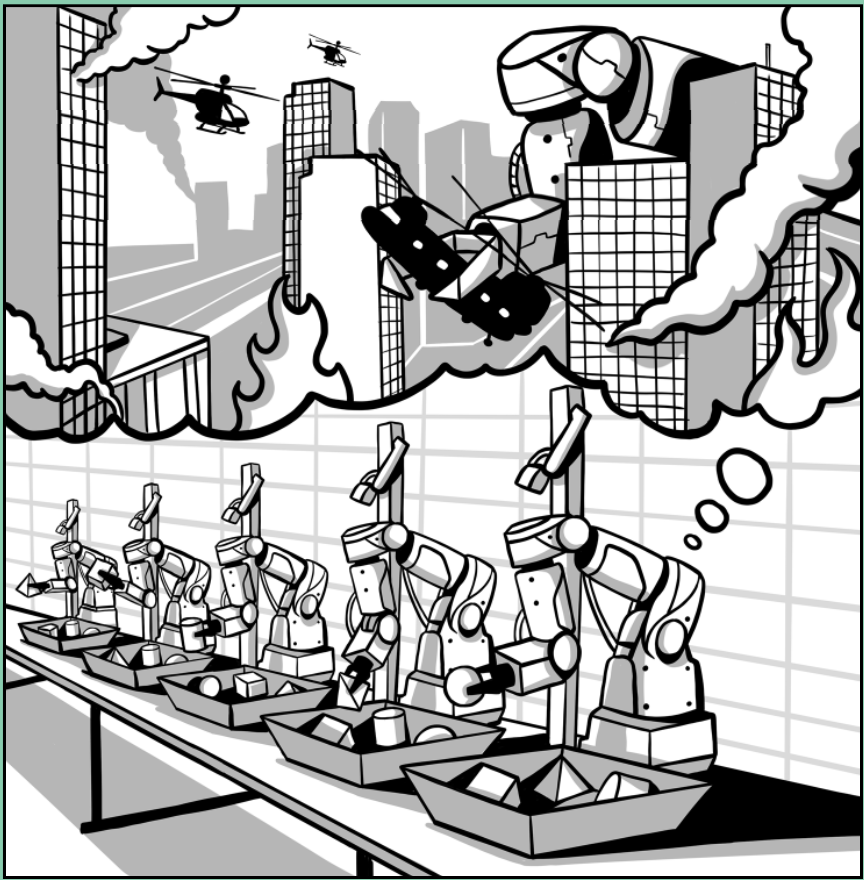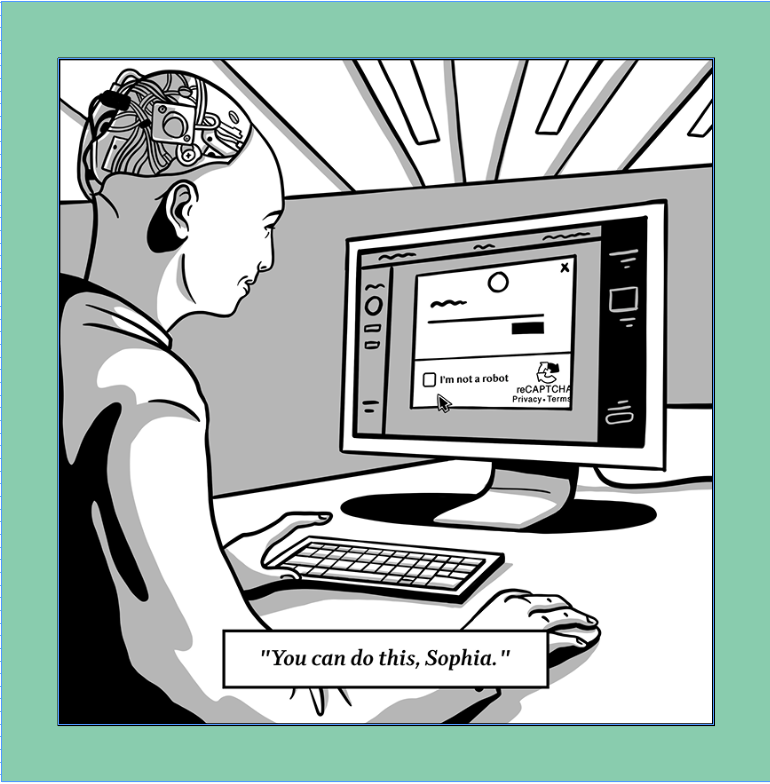Luckbox Leans in With Futurist Dr. John Sweeney
On the growing use of artificial intelligence and surveillance for predictive policing
Luckbox Magazine: Will new technology address rising crime rates?
Dr. John Sweeney: Across a range of contexts, it’s becoming clear that police and law enforcement must have access to new tools. But unless there is trust within the communities where they operate, the tools—especially the shiny new tech—become a hindrance, obstacle and point of contention. For example, facial recognition applications can reduce the hours needed to review video footage, but such programs can reflect biases that make policing more of a challenge.
What role do you think AI will play in reducing crime?
The promises and perils of AI are extraordinary, especially for police and law enforcement. Deep fakes have already been at the center of court cases, and it’s becoming clear that the only way to fight fire is with fire. So, many police and law enforcement are looking to utilize AI-enabled apps, even though the technology is still maturing. The Dubai Police [in the United Arab Emirates] have a center focused on AI applications, and predictive policing is growing in popularity.
One thing that police and law enforcement learned during COVID-19 is that crime doesn’t disappear but adapts. Online scams and ransomware attacks skyrocketed during the pandemic, and AI—when appropriately developed—can be a powerful tool not only to catch criminals but to dissuade them.
Considering data privacy issues and the spread of video surveillance, what do you predict our Minority Report
future may look like?
There are clear signals that a possible future—one similar to the 2002 sci-fi film Minority Report—may be emerging across some contexts. Specifically, the coming together of enhanced facial recognition with an increase in wearable devices, as well as other data-capturing objects and garments, is leading to a boom in data. Some see that as a mechanism of societal control, and perhaps that’s possible. But there are always exploits, as Minority Report depicts in a rather gory way when the protagonist is forced to change his eye. New policing and law enforcement tactics always spur new evasion strategies, and this dynamic should remind us that truth is often far stranger than fiction.
The year 2022 has offered many surprises. What black-swan events do you anticipate from now through
the end of 2023?
“Expect the unexpected” should continue to ring true in 2023. While it is essential to challenge our assumptions about what is truly possible in a time of radical uncertainty, I’ve been struck by the impact of “unknown knowns.” These are the things that we think we know then it turns out that we don’t. So, it’s possible, if not likely, that anything that I might imagine now would be far less weird, and impactful, than what might actually come to pass next year.
With that said, there’s a perfect storm brewing: economic uncertainty fueling intentional and unintentional shifts in consumption and lifestyle, climate emergency-driven action and reaction, and a widespread desire to move beyond the pandemic, even though it continues to be felt around the world. [These factors] all point toward more people on the move. When this happens, and communities are not prepared for change, things can become post-normal, which means that the familiar will feel strange and the strange feels, perhaps a bit too familiar.
John A. Sweeney is co-holder of the UNESCO Chair for Futures Studies for Anticipatory Governance and Sustainable Policy at Westminster International University in Tashkent, Uzbekistan. Sweeney also serves as the transformative foresight lead at the School of International Futures, co-edits World Futures Review: A Journal of Strategic Foresight and is a member of the graduate faculty for the University of Houston’s Strategic Foresight program. He belongs to the Association of Professional Futurists and the World Futures Studies Federation.








